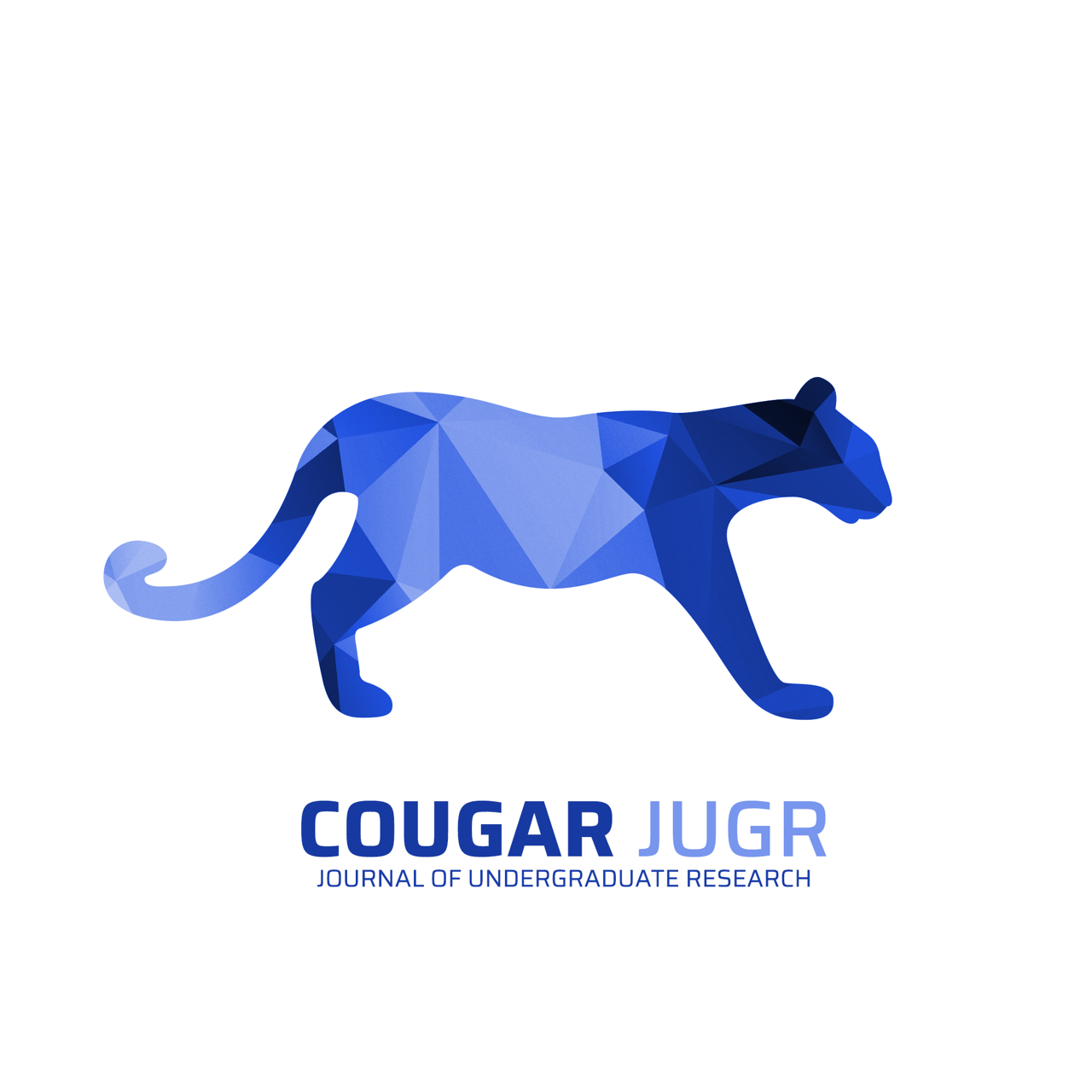Analyzing Microbial Biomass of Microbes in Wetland Soil
Abstract
Microbes in wetlands play an important role in ecosystem function. This study investigated microbial biomass dynamics across different vegetation types within a local wetland ecosystem at CSUSM. Soil samples were collected from three distinct vegetation zones: lowland typha, riparian, and upland sedge. Microbial carbon, total carbon, and soil organic matter were quantified using chloroform fumigation. The results showed significant differences in microbial carbon and total carbon content between riparian and sedge habitats, with riparian zones exhibiting higher values. Dissolved organic carbon data suggested potential differences between lowland typha and the other two zones, although these results were inconclusive. The findings emphasize the influence of vegetation composition on microbial communities and carbon cycling processes within wetlands. This study contributes to a better understanding of wetland ecosystem functioning and helps with the conservation efforts.
Additional Files
Published
Issue
Section
License
Authors retain copyright of their work. All submissions will be Open Access and distributed under the terms of the Creative Commons Attribution (CC BY) 4.0 license, which permits unrestricted production, distribution, and adaptation, provided that citation of the original work is included.

.jpg)
